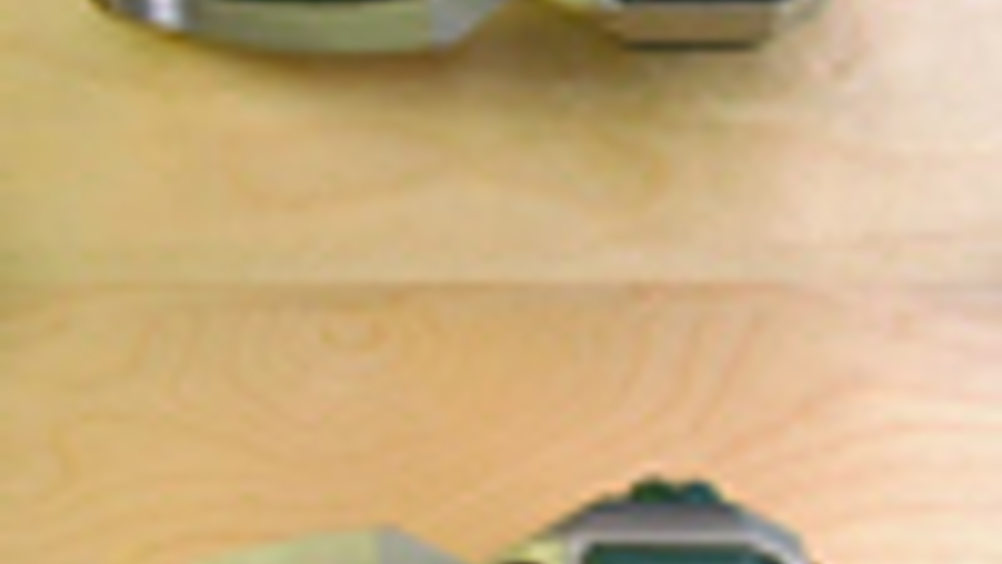Manufacturing happiness
Tom Shelley talks to the technical director of a UK machine shop whose success has been built on firm, integrated CADCAM foundations

Solid Modelling 2003: Hugh Watson, technical director of small machine shop Innova, is an engineer clearly delighted to be in manufacturing, and puts his success down to in-depth use of CADCAM.
Few machine shops exploit the full capabilities of CADCAM. Most consider their business to be machining and shy away from 3D design. So they’re not prepared to do one, two or three-offs, whereas we are." Watson, while working for his previous firm, told us that he was always looking for a business opportunity: "It occurred to me that I spent a lot of time doing designs, then sending them off into the black hole of a machine shop, and would then have to wait two months or so before I got the parts back."
Innova is a two-man, two-computer company, with three machining centres and a new co-ordinate measuring machine. It reckons to turn 3D designs into tangible hardware in periods ranging from a few hours to a few days. Recent jobs include: prototype, single component gearbox housings for new higher strength prosthetic grippers for Hugh Steeper; yacht rigging components; and an electronic housing for Sony which was originally made in plastic but apparently had a tendency to melt in service.
3D models are e-mailed through and, if necessary, converted into SolidWorks. Machining strategy is planned and simulation undertaken using CamWorks. CNC instructions are then transferred to one of the machines which is set to cut metal without the need for any try out on soft material; no additional drawings are produced.
Innova specialises in making parts out of light alloys, such as the 2014A T6 aluminium alloy used for the Hugh Steeper grippers. Many of the parts are highly intricate, some with wall thicknesses less than 1mm. "We’ve no need for rapid prototyping when we can prototype so rapidly," Watson tells us.
Being trained as a designer himself, Watson is used to working with design departments. He said: "Most designers are aware of how parts are going to have to be made," but we gathered that, as he put it: "Designs occasionally have to be modified to be made manufacturable." He still considers himself a designer rather than a production engineer and said: "I am now a much better designer than when I started." By which we gather he meant he is now an expert in design for manufacture, which he considers to be a crucial part of the design process.
Having seen his small business expand during the two years it has been in existence, Watson remains optimistic in the present recessionary times. "Even if bulk manufacturing does go more and more to India and China, the design work and the prototyping is still going to be done here."
Visitors to the exhibition who don’t currently use SolidWorks may wish to take advantage of an offer from vendors NT Cadcam to take free, one hour hands-on test drives.
Anyone interested should pre-register through NT Cadcam’s website (www.ntcadcam.co.uk). For existing users, the firm has a ‘Gold Product Pavilion’ for add-ons, including PDM, CAM, mould design and ECAD.










